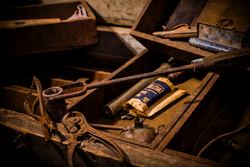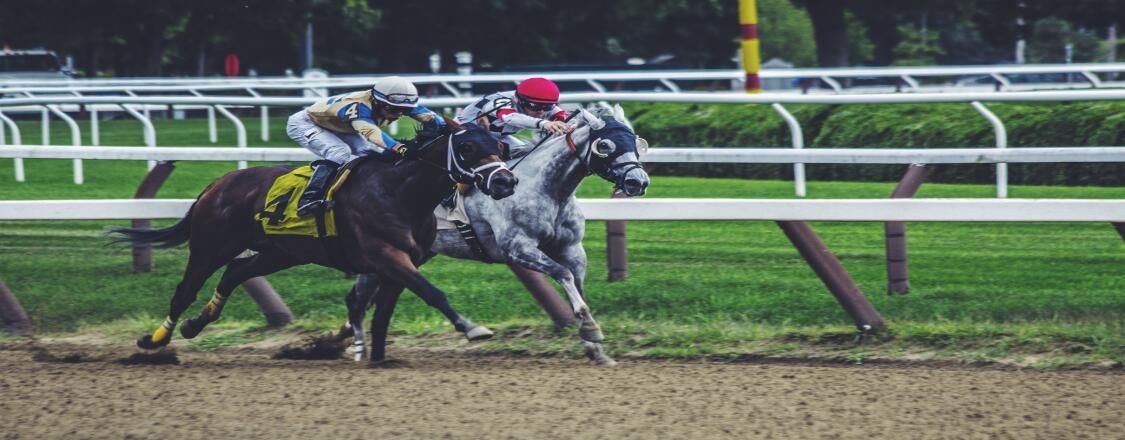The English

After the arrival of the English in the country, Murrough, son of Roderic O'Conor, King of Ireland, during his father's absence, persuaded Milo de Cogan to undertake an expedition into Connaught. Murrough joined him in Roscommon, and united, their forces began to plunder neighbouring districts.
In 1216, Athlone castle was erected by King John and it was in this medieval period that County Roscommon became an administrative division. The conquest and division of the Kingdom of Connaught under King John saw districts leased to the native kings of Connaught which eventually became the county. In 1585 during the Tudor re-establishment of counties under the Composition of Connacht, Roscommon was established with the South-west boundary along the River Suck.
The native septs appear to have lost possession of the land to the English, but they appear to have resumed almost the entire possession of Roscommon until the reign of Elizabeth I. The O'Conors of Roscommon were divided into the families of O'Conor Ruadh or Roe, "the Red," and O'Conor Dhunne, or Don, "the dark or brown," from two rival chieftains thus distinguished by the colour of their hair, who were generally at war with one another.
History of trade in Roscommon
Roscommon is divided into the baronies of Athlone, Ballintobber, Ballymoe, Boyle, Moycarnon, and Roscommon. It contains the market towns of Roscommon, Boyle, Tulsk. The largest villages are Lough Glyn, Ruskey, Knockcroghery, Tarmonbarry, and Castle Plunket.

The course of the Arigna river divides the coal field of Bracklieve, on the south, and that of Slieve Curkagh on the north. Iron-works were established at Arigna in 1788 by three brothers named O'Reilly.
These men used pit coal was for the first time in Ireland to smelt iron-ore; and both bar and pig iron of the best quality were produced over the years, on and off. In the 1840s, fine castings of every description were made and shipped for Dublin.
Clay suitable for potters' use and for tobacco pipes is found in different parts of the county. Knockcroghery began manufacturing tobacco pipes.
Fire-bricks have been made from the fireclay of the coal districts, and considerable quantities were made at the Arigna works. Yet most manufacturing in Ireland suffered due to the rivalry of cheap goods from England, the chief business in Roscommon being the sale of cattle.




